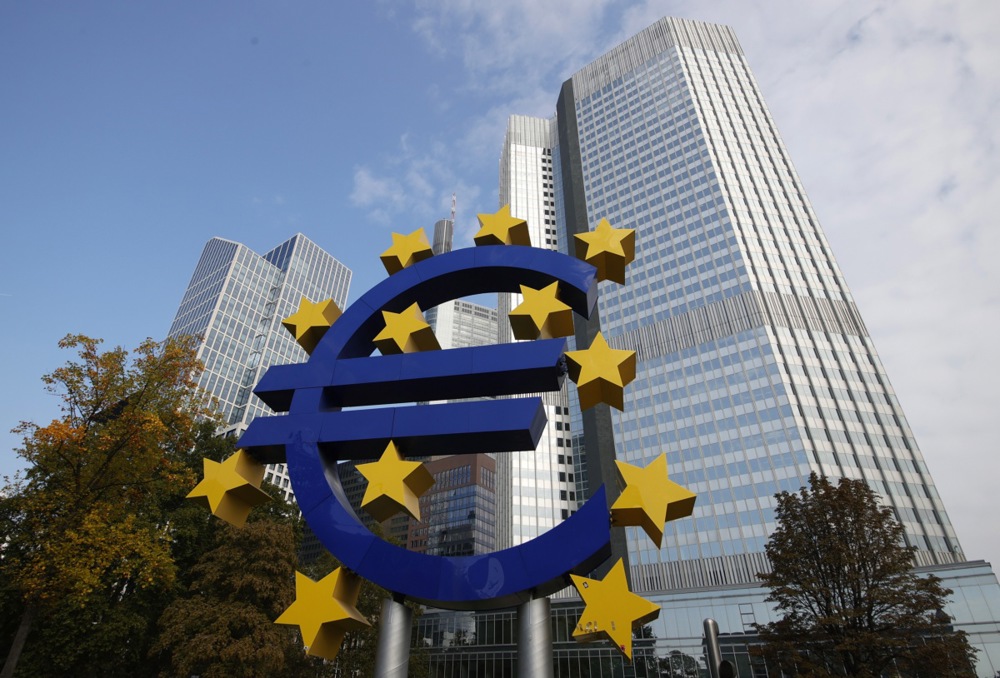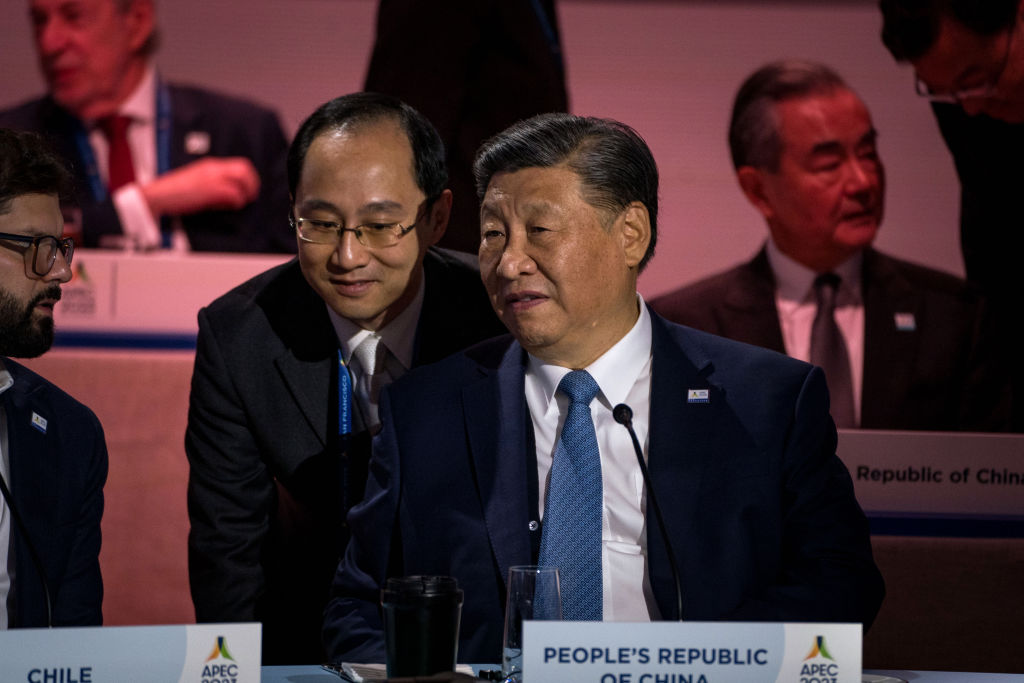The Eurozone is set for economic downturn, with leading economists telling Brussels Signal “sticky inflation” will hold growth to below 1 per cent through the whole of next year.
In November’s Autumn Forecast, the European Commission reduced its outlook for the European Union and Euro area’s 2023 GDP growth to 0.6 per cent, down from 1.1 per cent in May.
“Slow growth and sticky core inflation are definitely part of my forecast for the Euro area in the next couple of years,” said Willem Buiter, former chief economist at the European Bank for Reconstruction and Development.
Yiannis Koutelidakis, an economist in London, added: “The joke in the market is that this is the most widely predicted recession ever.”
There is “a rising probability of a recession” and “higher probability of rising unemployment”, agreed Nicolas Tremel, senior economist at London-based Macrobond Financial.
Among a raft of statistics, the European Central Bank (ECB) reported on November 28 that bank lending to businesses contracted in the previous month, the first time that has happened since 2015.
Exacerbating the slowdown down in the Eurozone are economic difficulties among its largest members. Germany, Europe’s biggest, is in a recession with a 0.4 per cent GDP contraction in the last quarter, and France is struggling.
Germany “isn’t doing well, and France too, so the drivers for growth will be absent”, said Neili Belhassen, a visiting economics professor in Luxembourg.
With tax proceeds down and interest payments up, Eurozone governments have less fiscal capacity to help consumers and industry through increased budget spending.
Such a fiscal policy “is a non-starter” when many nations “have the highest level of sovereign debt to GDP in the post-war era, since, you know, they had to fight a world war”, said Koutelidakis.
Rachel Ziemba, an economic and political risk advisor in New York, agreed, saying it was hard “to see much in terms of growth and the Eurozone is struggling from competition from China and US and internal issues”.
Amid increasingly expensive energy as the Ukraine conflict with Russia reaches its 21st month, the European currency zone “is settling into a longer war trend”, she said.
The Euro area is also “struggling to build new supply chains that reduce over-reliance on China, while also avoiding too much decoupling – not an easy balancing act”, added Ziemba.
World trade is also sluggish, with volumes expected by economists to grow by less than 1 per cent this year, which in turn will further hurt economies dependent on exports – such as those in Europe.
The Eurozone relies on international trade as an engine for growth more than the US, experts say, and it also depends more heavily on trade with China.
The same factors hampering growth are also making inflation harder to control.
Inflation is “sticky”, because “there is a fair bit of supply chain and geopolitical pressure underpinning it”, Koutelidakis said. Rising wages, normally a positive aspect, help make inflation sticky, too, he added.
This is especially the case for Europe, where an ageing population, lower numbers of skilled imported workers and shorter working weeks are keeping its labour market tight.
The European Central Bank’s Vice-President Luis de Guindos said recently: “We expect a temporary rebound in inflation in coming months.”
A possible upside is that sluggish growth may eventually tame stubborn core inflation – the price of goods and services, but not of food and energy.
If so, the ECB might consider cutting interest rates at some point from the middle of 2024, said Oxford Analytica in a research note. Hopes of an early 2024 interest rate cut still “remain optimistic”, it added.
ECB President Christine Lagarde said earlier in November the bank would not cut rates at least in “the next couple of quarters”.
Belhassen said: “There is a strong possibility for the US to cut rates in 2024, and Europe will follow since the inflation is mainly non-monetary.
“I’m in favour of a cut in interest rates, I see core inflation decreasing but fiscal policy will remain tight,” he said.
Lower interest rates late next year, coupled with recovered external demand and firmer real wage growth, could bring a sunnier GDP growth outlook for 2025, analysts say.
Unfortunately, there appears to be a dismal 2024 to get through first.





